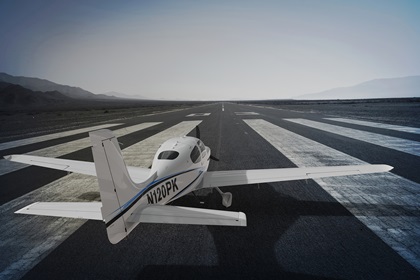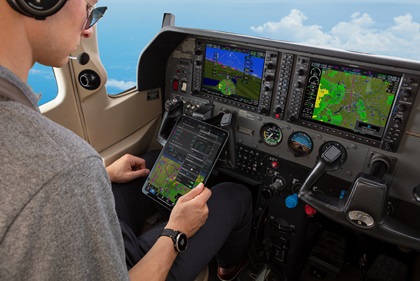Fly Confidently this Fall
Bomb cyclones, polar vortexes, atmospheric rivers. Thankfully some weather phenomena are so large and threatening, even their name makes you steer clear.
Unfortunately, the real danger often comes from small, insidious weather changes and even non-weather hazards that become clear only after it’s too late. A loose fuel cap. A low battery. Soft brakes.
Following checklists can eliminate most of these prior to departure. But what about those things that aren’t on the checklist? Here are some things that can creep up unexpectedly on the day of your next flight, and some ways to avoid that from happening.

Obsolete weather briefing
Careful pilots take their time checking weight and balance, pre-flighting the aircraft, securing loose items, briefing passengers, loading frequencies and waypoints before engine start, and so on.
Unfortunately, all of those deliberate actions mean the weather briefing you received can be quite old by the time you taxi. Which raises the question, how do you know if the preflight weather briefing you got is still accurate at the runway? If the conditions along your route of flight or at your destination have changed, you’ll want to know before departure. One way is to have a datalink weather receiver, but if you are using FIS-B weather, there are line of sight restrictions that may prevent you from getting updates until well into your flight. The alternative is SiriusXM satellite-delivered weather. How do you monitor the changes from your preflight weather briefing to your time in the air? Click here to join the conversation.

Over the river and through the woods
Another seemingly insignificant source of eventual inflight consternation are non-weather hazards. This November, whether you’re on your way to grandma’s for some turkey or just out enjoying the fall colors, things like developing mountain obscuration due to smoke can ruin your day. How do you monitor the movement of nonweather hazards like smoke while inflight? Click here to add your thoughts and join the conversation. One good way is to check AIRMETs and METARS in flight. Every SiriusXM Aviation Weather product, including AIRMETs and METARs, are available from takeoff to landing. If you are flying with SiriusXM Aviation Weather you can receive important weather information at any altitude. If you are flying with ADS-B you will need to wait until you’re at the right altitude and distance to receive the information.

The best defense
Of course, the best defense is a good offense, and in aviation that means learning as much as you can before your flight. When it comes to avoiding many insidious weather developments in flight, you’ll need to be up to speed on the latest features of your avionics. But how do you make sure you’re taking full advantage of all of your airplane’s avionics weather features?
Thankfully, Garmin just released a series of 15 SiriusXM Aviation Weather Training videos to show you s how to do just that. Click here to visit Garmin’s YouTube channel to make sure you have the latest information before your next flight.
Want to try SiriusXM Aviation Weather for yourself?
SiriusXM offers two-month trials of their aviation weather and entertainment. Call 877-888-6991 to activate your trial or visit aopa.org/siriusxm to learn more.
